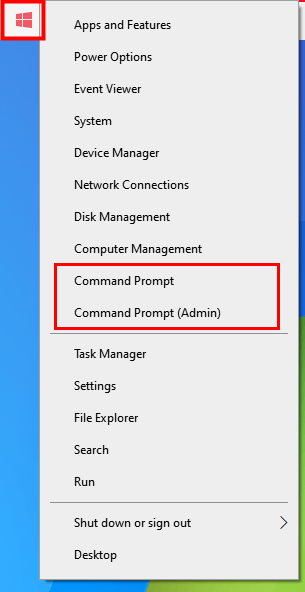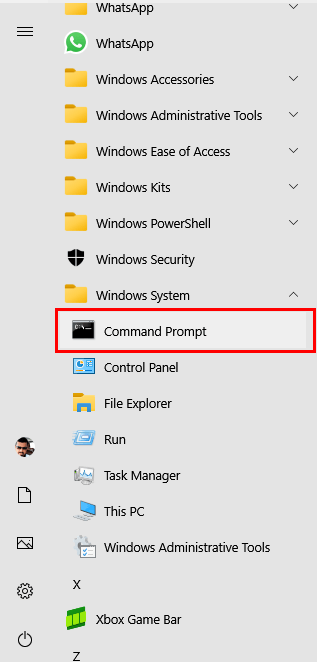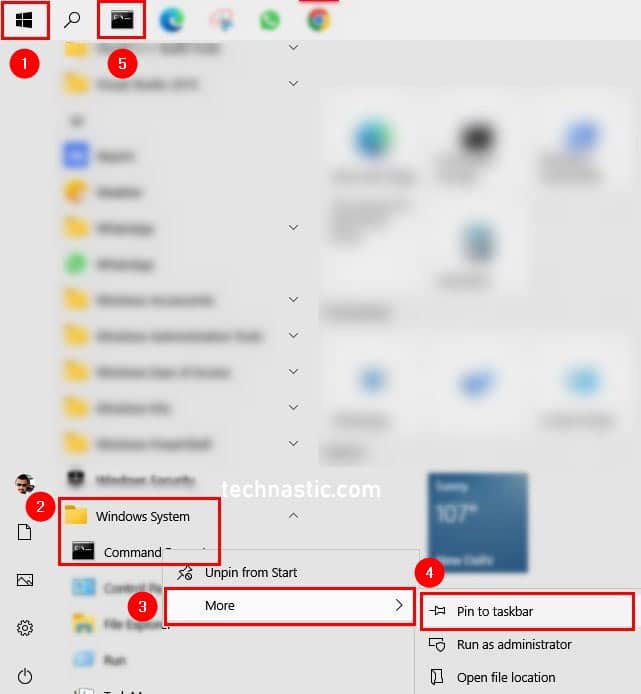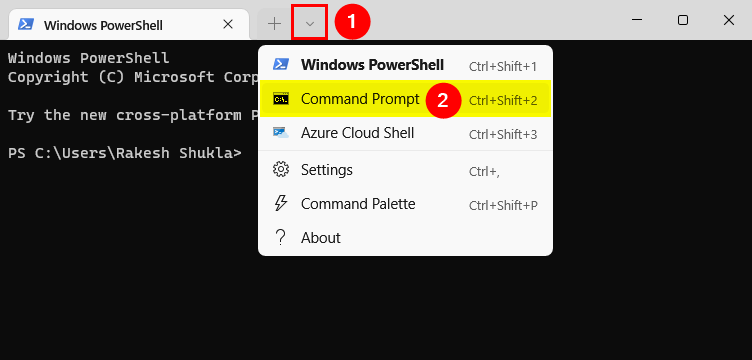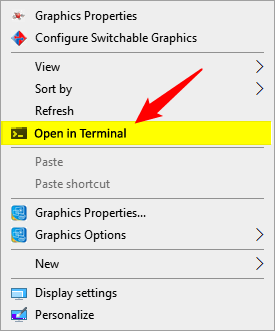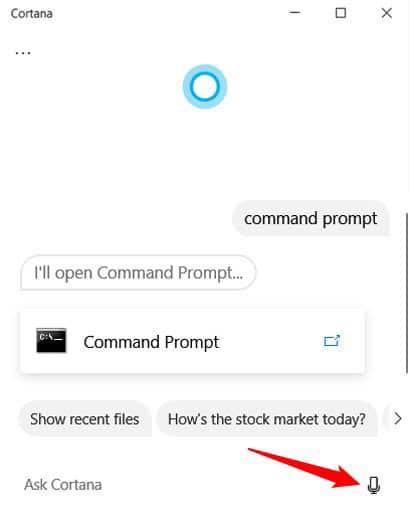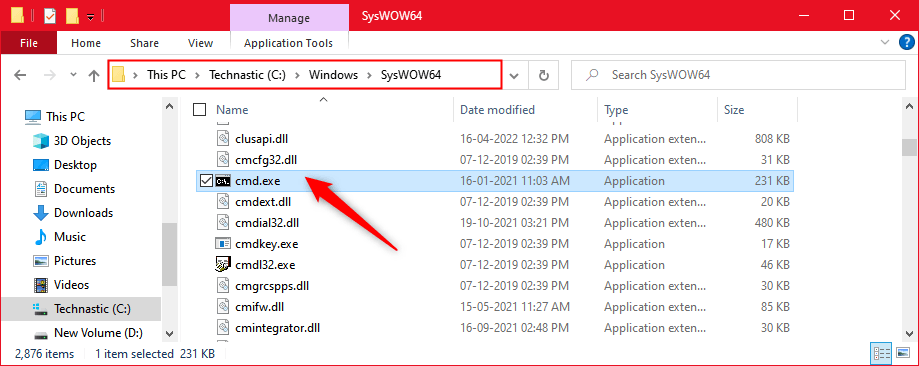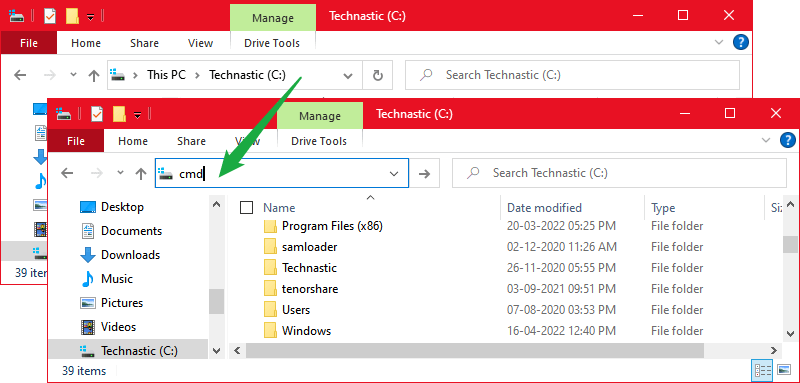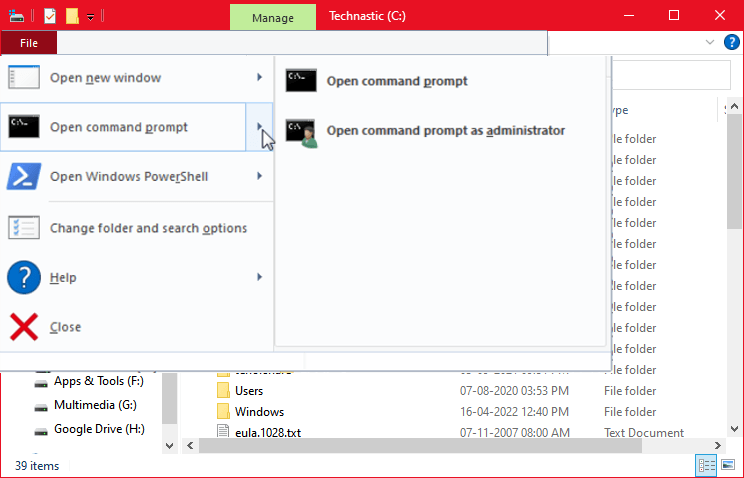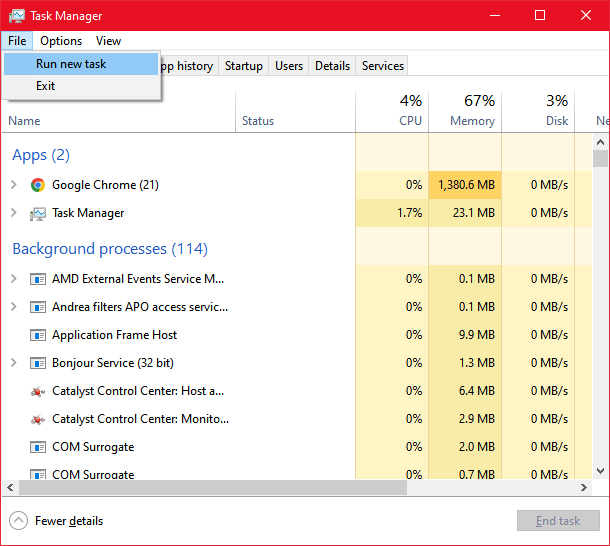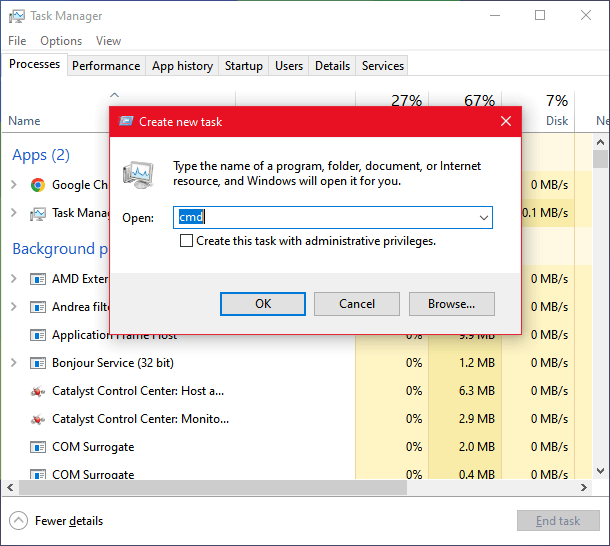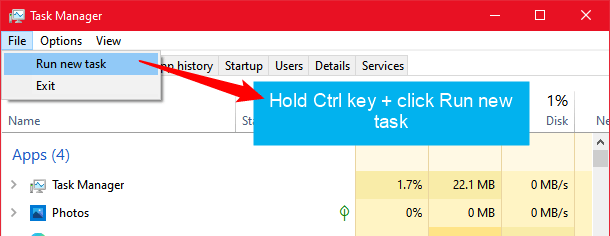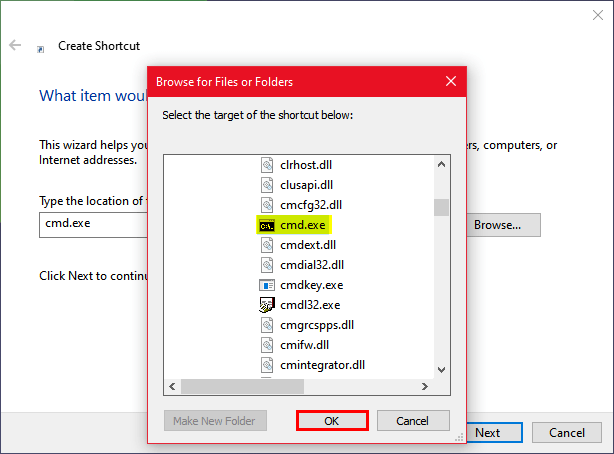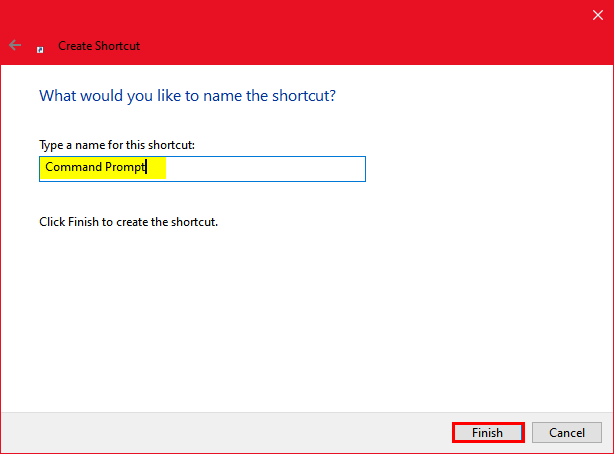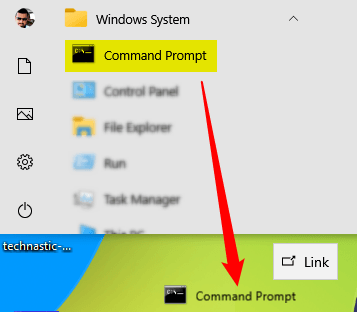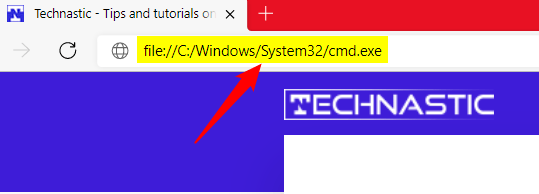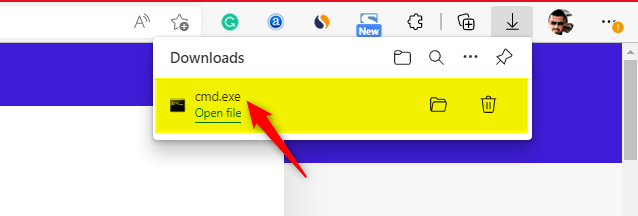The Windows Command Prompt has been there since the inception of the OS itself. It was initially released in December 1987 and was co-developed by Microsoft, IBM, and ReactOS contributors. It is a command-line interface allowing users to perform tasks faster, automate tasks, troubleshoot specific problems, and so on. Today, we’ll check out around 18 methods and shortcuts to open the Command Prompt in Windows 10 and 11.
After Windows 10 build 14791 update, the Command Prompt is not the default shell utility. Being an upgraded version of the CMD, PowerShell has all the functionality of its predecessor but it also has system administration functionality. Anyway, here are different ways to launch the Command Prompt in Windows 1o and 11.
1. From the Power User Menu
This method is probably the only way to open the Command Prompt in Windows 10 using a shortcut key. You must be familiar with the Power User Menu in Windows. It’s present on all versions of the operating system. It’s also known as the WinX menu because you can access it using the Windows + X keyboard shortcut. You can also get to this menu by right-clicking the Start or Windows icon on the bottom left corner of your PC’s screen.
When the Power User menu pops up, click the Command Prompt or Command Prompt (Admin) option.
Replace PowerShell with Command Prompt
If you see PowerShell in the Windows Power User Menu, replace it with the Command Prompt by following the steps below.
- Click Start (Windows icon in the bottom-left corner of the screen) and click the Settings icon.
- Click Personalization. You can directly open the personalization settings by right-clicking with your mouse on the desktop screen.
- Now click Taskbar on the left panel.
- On the right panel, click the toggle button below ‘Replace Command Prompt with Windows PowerShell in the menu when I right-click the start button or press Windows key + X‘.

Done! You can now access the Command Prompt from the Power User Menu on Windows 10 or 11.
2. From the Start Menu
You can also open the Command Prompt in Windows 10 or 11 from the Start Menu. Just click on the Start icon in the bottom-left corner of the screen. Scroll down to a folder called ‘Windows System‘. Now click Command Prompt to launch it. On a Windows 11 PC, you can find the Command Prompt program under the Windows Tools shortcut in the Start Menu.
3. Via the Context Menu
This is not a direct way to open the Command Prompt as it requires extra effort to add an item to the context menu. However, you can easily customize the Context Menu to add the Command Prompt shortcut. Once you do that, you can access it quickly from the context menu.
You can add the Command Prompt to the context menu using the Registry Editor or Windows context menu editors like Easy Context Menu, Nirsoft Context Menu Editor, Context Menu Tuner, etc.
4. Pin the CMD to the Taskbar
Another way to launch the Command Prompt is to pin the shell program to the Taskbar. Just click the Start menu icon, navigate to a folder called ‘Windows System‘, and click it. Now right-click Command Prompt, click More, and select the Pin to Taskbar option as shown below. The Command Prompt shortcut will be added to the Windows Taskbar.
5. Using Windows Terminal App
Windows 11 comes with an in-built app called Windows Terminal. It’s a powerful hub of command-line tools like Command Prompt, PowerShell, and Azure Cloud Shell. If you are a Windows 10 user, you can download and install Windows Terminal from the Microsoft Store. When you launch the Terminal app, it will load PowerShell by default. However, you can open the Command Prompt in a new tab. Click the downward-pointing caret (∨) icon and select Command Prompt to launch it. Alternatively, you can use Ctrl + Shift + 2 to open the Command Prompt in the Terminal.
The Windows Terminal app also adds a shortcut in the Context Menu using which you can launch PowerShell and Command Prompt whenever you want.
6. Using Windows Search
Windows has dedicated search functionality that can be launched from the Taskbar and, on some OS versions, from the Start Menu. You can search the apps and files available on your system. Being a program, the Command Prompt can also be found using the Windows Search bar. Click the Search icon or search bar and type “Command Prompt“. Select the Command Prompt app in the search results, or click Open below the app on the right pane.
7. Using Voice Command
Windows has a digital virtual assistant app called Cortana that can perform various tasks at your voice command. You can make Cortana digital assistant launch apps using voice commands. Cortana is available on all Windows 10 and 11 PCs and you can access it right from your Taskbar and Start Menu. Launch the Cortana app, click the microphone icon in the bottom-right corner of the app window, and say “open command prompt“. Cortana will instantly open the Command Prompt for you.
8. From cmd.exe
The executable files (.exe) for all the apps installed on your Windows PC are saved on the C Drive. Depending on your Windows OS version, you can find the cmd.exe by navigating to one of the following paths.
- C:\Windows\System32
- C:\Windows\SysWOW64
Double-click the ‘cmd.exe‘ file or right-click the file and choose ‘Run as administrator‘ to open the Command Prompt.
9. From File Explorer
While navigating to the Windows\System32 folder might be a bit time-consuming, there is an easier way to open the Command Prompt in Windows 11, 10, or older. Open File Explorer on your PC, click inside the address bar, type “cmd” and hit the Enter key to launch the Command Prompt.
10. Via the File Explorer Menu
There is another way to launch the Command Prompt in File Explorer with the folder path. Open a folder window, click File > Open Command Prompt, or Open Command Prompt as Administrator.
11. Open Command Prompt from CMD
This method might sound useless but it is not. Suppose you are already using the Command Prompt for some job and need another instance of the shell for other tasks, you can open another CMD window by executing start cmd.exe command. Doing so will open another CMD window.
12. Open CMD from PowerShell
In the same way, you can open the Command Prompt from Windows PowerShell as well. Just type start cmd.exe in the PowerShell window, and hit the Enter key.
13. Via the Run Box
The Run app in Windows is a versatile tool that can open a program, document, folders, etc. on your computer. You can also open the Command Prompt using the Run app. Just launch Run by pressing Windows + R keyboard shortcut. Type “cmd” in the text box and click OK.
14. From the Task Manager
You can also open the Command Prompt on your Windows PC from the Task Manager. Use the Ctrl + Shift + Esc keyboard shortcut to launch Task Manager. You can also do that by pressing Alt + Ctrl + Delete and selecting Task Manager. Make sure to More details from the bottom-left corner of the Task Manager window. Click on File > Run new task.
Then type “cmd” in the text box of the Create New Task pop-up window and click OK. Don’t forget to select the “Create this task with administrative privileges” option to open Command Prompt as an administrator.
15. From Task Manager with Admin Privileges
You can also launch CMD from the Task Manager by holding the Ctrl key while clicking the Run new task option in the File menu. This method opens the Command Prompt with administrative privileges.
16. From a Folder’s Context Menu
You can also launch the Command prompt with a file or folder path in Windows. Open the folder where you want to launch the CMD window, place the mouse pointer at an empty area in the folder window, and press the Shift key + right-click. When the Context Menu pops up, select Open command window here.
17. Create a Command Prompt Shortcut
Another quick way to open the Command Prompt window is to create a shortcut to the program on your desktop. Perform a right-click action and choose New > Shortcut from the Context Menu. Click Browse, navigate to C:\Windows\System32 or C:\Windows\SysWOW64, choose cmd.exe. and click OK.
After that, give a name to the shortcut and click Finish.
If you want the Command Prompt shortcut to open the shell in Admin mode, right-click the shortcut icon, select Properties > Advanced, select Run as administrator, and click OK.
You can also create a Command Prompt shortcut simply by dragging Command Prompt to your computer’s desktop from Start Menu > Windows System.
18. Via Microsoft Edge
Open Microsoft Edge and type or paste the file path or location of the cmd.exe (as shown below) in the URL box.
- file://C:/Windows/System32/cmd.exe
- file://C:/Windows/SysWOW64/cmd.exe
Then press the Enter key. You will see a dialog box below the Downloads icon of the web browser. Click the Open file option to open the Command Prompt.
I think I have listed all the known ways to open the Command Prompt in Windows 11, 10, and older versions of the OS. In case you think I have missed any methods that should have been mentioned in this article, please let me know via your valuable feedback.
Do not forget to check out our guide if the Command Prompt does not recognize commands.
